As a parent, you want the best for your child's growth and development. One of the most powerful (and fun) ways to support their cognitive and emotional growth is through play. Toys aren't just about entertainment—they're essential tools that help children develop important skills. What if you could turn everyday playtime into an opportunity to stimulate your child’s brain and ignite their imagination?
In this blog, we’ll explore a simple but effective activity that can significantly boost brain development: using toys to create stories. All it takes is a little imagination and a few of your child’s favourite toys. The benefits go far beyond fun—they’re building blocks for your child’s cognitive, social, and language skills!
Why Storytelling is Crucial for Child Development
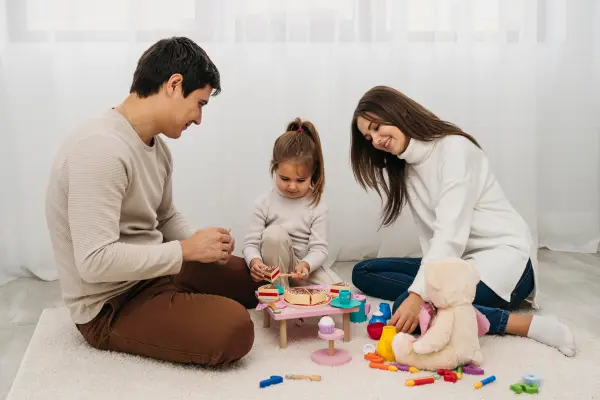
Storytelling has been a fundamental part of human culture for centuries. For children, it plays a crucial role in cognitive development, language skills, and emotional intelligence. When children are encouraged to create stories, they learn to:
- Develop Language Skills: Reading a story helps children expand their vocabulary, understand sentence structure, and improve communication skills.
- Enhance Creativity: When kids make up stories, they tap into their imagination, learning to think outside the box and develop unique ideas.
- Problem-Solving Skills: Stories often involve challenges and solutions, helping children think critically and develop problem-solving abilities.
- Emotional Intelligence: Storytelling allows children to explore emotions, empathy, and social dynamics, helping them better understand their and others' feelings.
But what does this look like in action? Let’s take a closer look at a simple activity you can do at home to help unlock these benefits.
The "Three Toy Story" Game: How to Play
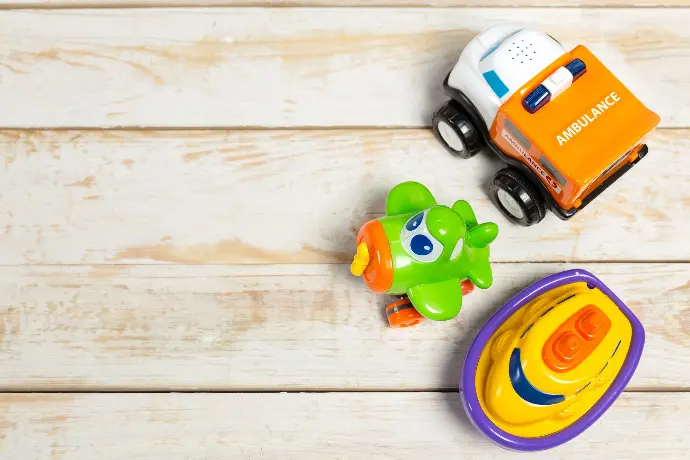
This activity is simple, engaging, and incredibly effective. Here’s how it works:
Step 1: Pick Three Toys
Let your child pick three toys from their collection—these can be action figures, dolls, stuffed animals, or even toy vehicles. The toys should be ones that can interact in some way, whether that’s through dialogue or imaginative action.
Step 2: Create a Story Together
Encourage your child to create a story using the three toys. It could be anything from a grand adventure to a calm, everyday scenario. The key is to encourage your child to think about the toy's personalities, actions, and relationships.
Ask guiding questions like:
- What’s the problem these toys are trying to solve?
- How do the toys feel?
- What does each toy want to do next?
- How do they work together (or not) to overcome obstacles?
As your child builds the narrative, they will practice sequencing (first, next, last), develop vocabulary by describing the toy's actions, and enhance their ability to focus and think critically.
Step 3: Share the Story
Once the story is created, it is time to act it out! Encourage your child to move the toys and speak in different voices for each character, making the story come to life. This playful interaction allows them to further develop their communication skills and empathy as they embody the roles of the different toys.
Why Toys Matter for Brain Development
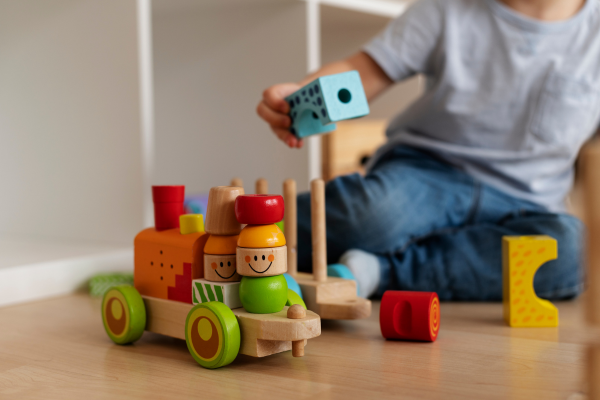
You might be wondering how simple toys can have such a huge impact. The answer lies in the role toys play in stimulating a child's brain. Different types of toys foster different developmental skills. For example:
- Building Toys (like blocks or construction sets) enhances spatial awareness, hand-eye coordination, and fine motor skills.
- Pretend Play Toys (such as dolls, action figures, and playsets) promote imagination, social-emotional skills, and language development.
- STEM Toys (like puzzles, science kits, or robotic toys) encourage problem-solving, logical thinking, and an interest in science and technology.
By combining multiple types of toys—like those from our toy collection—you can create a rich environment that supports various aspects of your child’s growth.
How Parents Can Encourage More Playful Learning
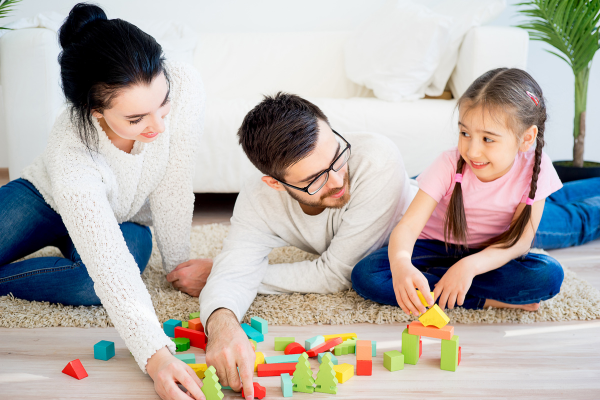
To maximize the benefits of this "three-toy story" game, you can incorporate a few tips into your playtime:
- Ask Open-Ended Questions: Help your child expand their thinking by asking questions that require more than just a yes or no answer.
- Join the Play: Participating in the storytelling game yourself shows your child how to engage with their toys in new and creative ways.
- Be Patient: Children’s ideas may seem simple at first, but as they practice, they’ll begin to craft more complex and elaborate stories.
You can also explore our educational toy collection to find perfect toys that encourage creativity, role play, and learning. From pretend kitchens to action figures and beyond, our selection of toys is designed to spark imagination and stimulate your child’s development.
Playtime = Brain Time
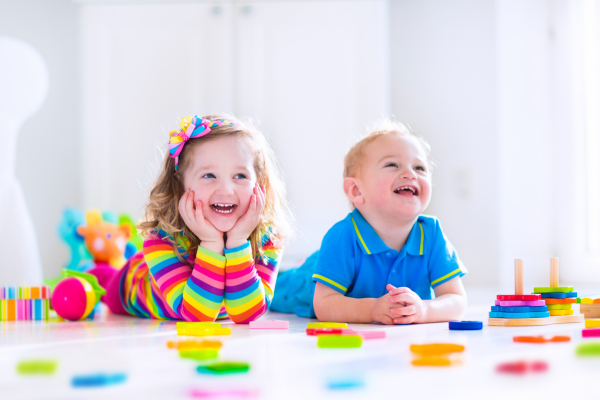
When children engage with toys, they’re not just passing the time—they’re developing crucial skills that will serve them throughout their lives. Through imaginative play, storytelling, and interactive games, your child’s brain is busy making connections that are vital for cognitive and emotional growth.
So the next time you're looking for ways to enrich your child's playtime, consider the power of storytelling with their favorite toys. You’ll be amazed at how quickly they can develop new ideas, solve problems, and express themselves in creative ways. And, of course, every story begins with the right toy—find the perfect one for your child at Big7 Stores!
Explore our wide range of learning toys and imaginative playsets today to support your child’s growth in the most fun way possible!